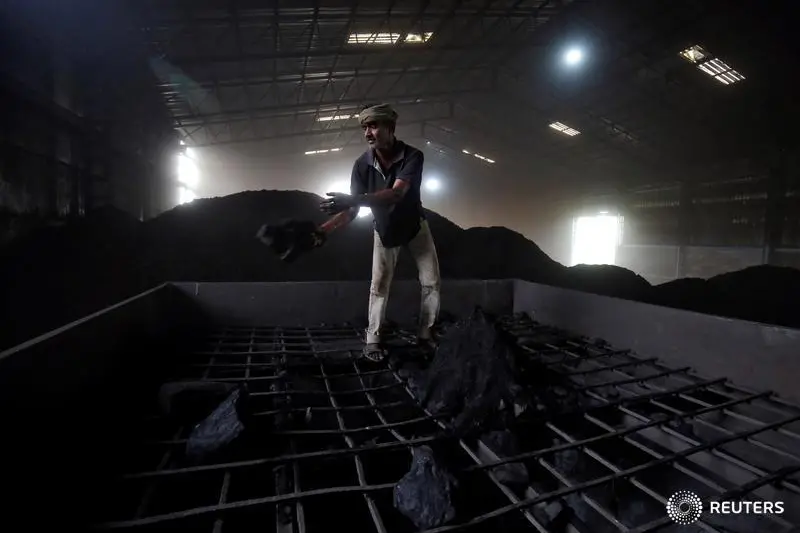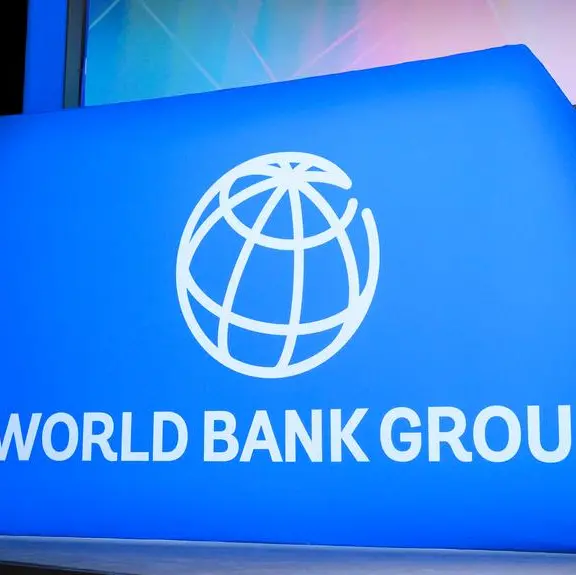PHOTO
HONG KONG - India's coal hopes require some shovelling. New Delhi, trying to rev up the economy, says it will allow 100% foreign investment in coal mines and related infrastructure. Local demand is rising, but resource giants have had bad experiences on the ground, and big miners are pulling out of thermal coal anyway.
On paper, there is plenty to like. The rest of the world may be abandoning coal in favour of greener alternatives, but Indian demand is growing, and it has plenty of the black stuff. It is the dominant fuel for local power generation, and will remain so for the next decade and more. The country has ambitious targets to boost capacity, to lift coal output and to reduce imports.
That, plus an economy growing at its slowest pace in five years, explain the move this week to lift restrictions, in the hope of bringing in much-needed cash, employment and technology. Unfortunately, as often with investment policies that long sought to protect local giants, it's a little, very late.
India does have big reserves, the fifth-largest globally. But the bulk of that, some 80%, is energy coal, and not the hard, steel-making sort that still piques the interest of big investors. Coal for power plants is now tough to finance as lenders pull back. Producing for a debt-laden domestic power sector with idiosyncratic pricing hardly adds to the appeal.
It's intensely political too. The government and a state insurance giant own some 82% of Coal India, which accounts most of domestic production. Coal proceeds are used to subsidise the railways. Then there's poor logistics: It's hard to move even the coal that has been dug up. Coal India piles left idling have been known to self-combust.
There may still be opportunities, if not for giants like BHP . Infrastructure investment may appeal, or washeries - which raise the energy content and reduce the ash in poorer quality coal. But foreign resource companies' experiences in India, from Britain’s Cairn Energy to South Korea’s POSCO, are patchy at best. The latter struggled for years to build a steel plant, but permits lagged. There's plenty of trust and more to fix before India can tap this seam.
CONTEXT NEWS
- India approved a number of changes to its foreign direct investment rules on Aug. 28, including allowing full foreign ownership of coal mining and infrastructure. Previously, foreign investment was allowed only for captive production, consumed by power, steel and cement companies.
- India expects to increase coal-fired power generation capacity by more than one fifth in three years, the power ministry’s chief engineer said on July 31.
- The Indian economy is expected to have grown at a pace of 5.7% in the June quarter, its slowest pace in more than five years, according to a Reuters poll published on Aug. 27. The second-quarter number is due at 1200 GMT on Aug. 30.
(Editing by Una Galani and Katrina Hamlin)
(The author is a Reuters Breakingviews columnist. The opinions expressed are her own. Repeats with no changes to text.)
© Reuters News 2019












